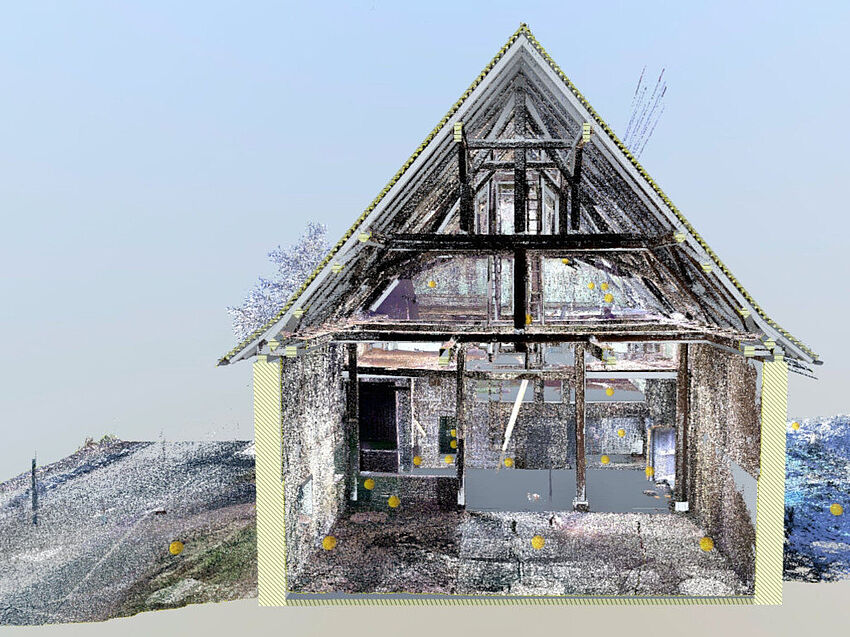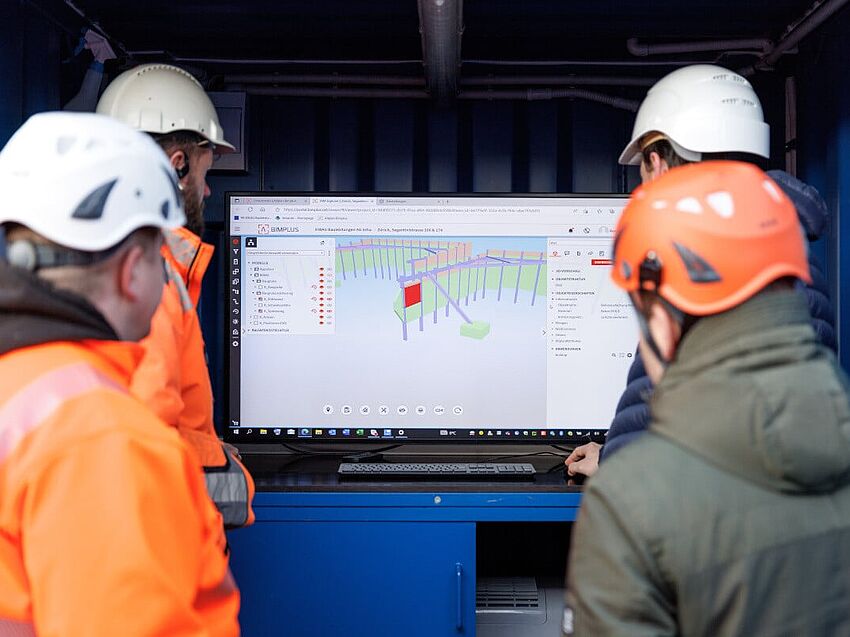Digital design and planning with Building Information Modeling (BIM) is continuing to advance both building and infrastructure. Besides the benefits that BIM offers architects, civil engineers, and contractors, clients are also recognizing the added value of BIM with increasing interest. However, globally there are few regulations that standardize and define this digital planning method.
The primary reason for this is because the design and construction of buildings is firmly anchored in a country’s economy and culture. The construction process is as varied as the people who work on these projects, construction processes have to also adapt to the individual challenges of each project. BIM must therefore take account of these different social characteristics while still defining planning processes that have international validity, particularly as construction is an increasingly global market.
For several years, this has been the goal of many institutions and working groups around the world. One of the most important basic parameters that buildingSMART, standards committees, and software manufacturers are increasingly adopting is the BIM Level. This defines the maturity of the BIM method within the project, using BIM Levels 0–3 with scope for additional levels to be added in the future.
What Do The Different Levels Mean?
Level 0 assumes a purely 2D-oriented CAD, solely based on graphic elements. Level 1 combines 2D information with some 3D information. BIM Level 2 is a 3D model-based working method, where models are enhanced with information. Level 2 is where many of the BIM pioneers in the industry are currently working. BIM Level 3 is an integrated working method using a common data environment (CDE), which enables better collaboration and model evaluation irrespective of the software solution used by each team member.
What Standards Exist?
Currently, there are several standards which aim to provide a consistent and uniform international BIM framework: the DIN EN ISO 29481 “Building information models – Information delivery manual,” the ISO 19650, as well as the DIN SPEC 91391 published at the end of March 2019. ISO 19650 is derived from the established British BIM standard BS 1192 (where BIM levels were formulated,) as well as PAS 1192. It covers all information management and applies throughout a building’s life cycle. Part 1 of this standard defines the technical terms associated with BIM for the first time – a necessity for a universal standard.
Common data environments (CDEs) are another area where international standards are currently developing. The aim of CDEs is to create a loss-free exchange of data and information between different platforms from different manufacturers that are used during the entire building life cycle. DIN SPEC 91391, covers this topic; however, it should be noted that this guidance does not actually meet the collaboration requirements for BIM Level 3. Instead, it should be considered more of a minimum functional overview of a CDE for BIM Level 2.
What Is The Solution?
To be fully compliant with BIM Level 3, a database-oriented and cloud-based model management is required. This new type of platform supports an open BIM process by allowing central management of different data structures and information sources. For example, ALLPLAN Bimplus incorporates these functionalities to provide a compliant, collaborative, and future-proof collaboration platform for BIM Level 3 and beyond. To learn more about how international standards for BIM and collaboration platforms are developing and what you need for BIM Level 3 compliance, download our white paper, Next Level BIM: Achieving an integrated working method in seven steps.




